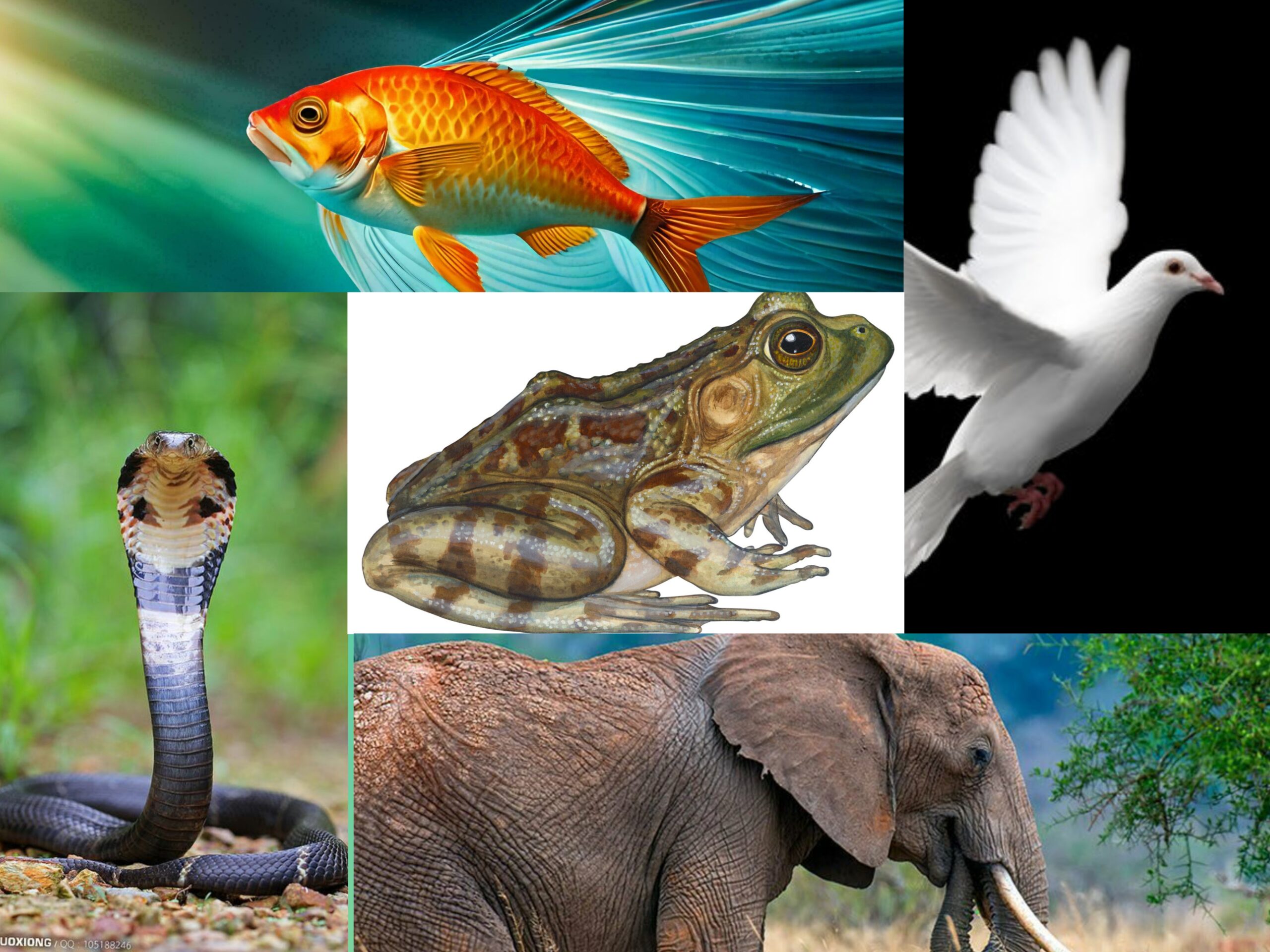Examples of Phylums, Class, Orders of Animal Kingdom Classification
Examples of Phylums, Classes, Orders: Porifera, Cnidaria, Ctenophora, Platyhelminthes, Nematoda, Annelida, Arthropoda, Pieces, Amphibia, Reptiles, Aves Phylum Porifera: Phylum Cnidaria: Phylum Ctenophora: Beroe sp. ; Hormiphora sp. Phylum Platyhelminthes: Phylum Nematoda: Phylum Annelida: Phylum Arthropoda: Subphylum Trilobita: Holmia sp. Subphylum Chelicerata: Subphylum Crustacea: Palaemon sp. (Prawn); Carcinus sp. (True crab) Subphylum Uniramia: Chordata: Subphylum Urochordata: … Read more



